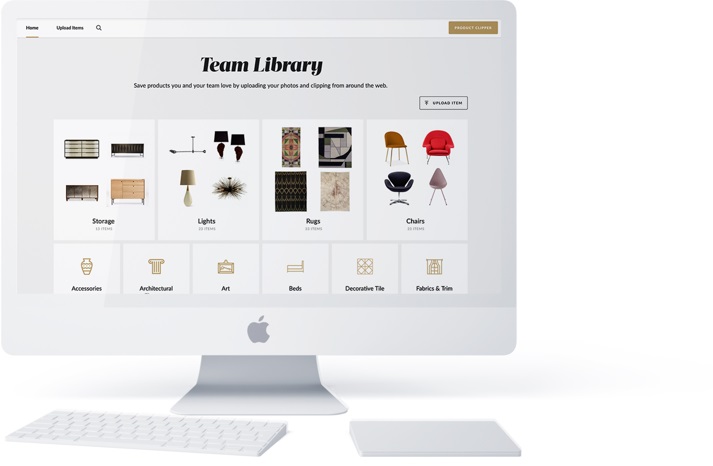In the world of interior design, creativity and aesthetics often take center stage. However, behind every successful interior design business lies a solid financial management plan. This guide will walk you through the steps to create a financial management plan for your interior design business.
Understanding Financial Management in Interior Design
Financial management involves the strategic planning, organizing, directing, and controlling of financial undertakings in your interior design business. It includes applying management principles to the financial resources of the firm, with the aim of maximizing profitability and ensuring long-term financial stability.
The Importance of Financial Management
Effective financial management is essential for the survival and growth of any interior design business. It helps you make informed decisions, manage your cash flow effectively, meet your financial obligations, and achieve your business goals.
Steps to Develop Your Financial Management Plan
1. Understand Your Current Financial Position
Start by analyzing your current financial situation. This includes your income, expenses, assets, and liabilities. Understanding your current financial position will give you a clear picture of where your business stands and what you need to do to achieve your financial goals.
2. Set Financial Goals
Your financial goals should be specific, measurable, achievable, relevant, and time-bound (SMART). They could include increasing your revenue, reducing your expenses, expanding your business, or improving your profit margins.
3. Create a Budget
A budget is a financial plan that outlines your expected income and expenses over a certain period. It helps you manage your cash flow, control your expenses, and ensure that you have enough money to meet your financial obligations.
4. Implement Financial Controls
Financial controls are procedures that help you manage your finances effectively. They include invoice management, expense tracking, cash flow management, and financial reporting.
5. Monitor Your Financial Performance
Regularly review your financial performance to ensure that you are on track to achieve your financial goals. This includes monitoring your income, expenses, cash flow, and profitability.
6. Adjust Your Financial Plan as Needed
Your financial plan is not set in stone. As your business grows and changes, you may need to adjust your financial plan to reflect your new circumstances and goals.
Creating a financial management plan is crucial for the success of your interior design business. It helps you manage your finances effectively, make informed decisions, and achieve your financial goals.
FAQs:
- How do you write a financial management plan? Writing a financial management plan involves understanding your current financial position, setting financial goals, creating a budget, implementing financial controls, monitoring your financial performance, and adjusting your plan as needed.
- How to make a budget for interior design? Making a budget for interior design involves estimating your expected income and expenses over a certain period. This includes your design fees, material costs, labor costs, and other expenses.
- How to write a business plan for an interior design business? Writing a business plan for an interior design business involves outlining your business concept, market analysis, marketing and sales strategy, organizational structure, and financial projections.
- What are the 7 key components of financial planning? The 7 key components of financial planning are cash flow management, risk management, investment planning, tax planning, retirement planning, estate planning, and asset allocation.


